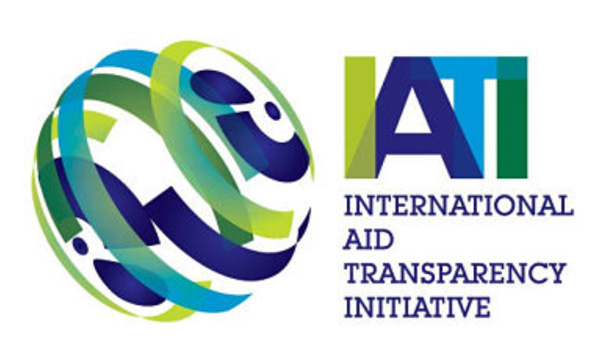Oversight of cost-benefit analysis
Where did my money go? This is the question that a lot of people who gave money for a certain kind of aid initiative asked and ask themselves. International aid initiatives had built up a reputation of being corrupt in a lot of ways. People were wondering if their money ever made it to the goal that was originally set. To clear things up the International Aid Transparency Initiative, in short IATI, was set up. The goal of IATI was to make international development aid as transparent as possible. The reasoning behind this was that people would know and could see where their money was going. In this way they could also make the process more efficient. With more transparency, however, comes less safety in certain situations.
Imagine the situation there is a girls’ school being built by an international aid initiative somewhere in close proximity to areas controlled by Boko Haram. When progress on this school is being published online and available to the public, there is a safety risk for the people that will eventually go to this school. Boko Haram also has access to this information and could thus use this for harm.
In this situation, the cost-benefit analysis is a hard one to make. On one hand you want to make the process as transparent as possible, this way you can gain more trust and reach your goals more efficiently, on the other hand there is the safety of those involved.
Can a NGO decide whether the cost of the risks is worth the profits of the benefits by complying to IATI standards? We are now talking about aid initiatives, where I believe companies will sooner choose for the safety of the people they are working with then choose for more benefits. But this situation does learn us a lesson for other areas. Are companies in other industries as concerned with the safety as in this case aid initiatives.
Again in my opinion the government is of utmost importance in setting safety standards for companies. We now know aid giving initiatives would have a hard time getting away with being corrupt in developing countries but do we have such a confidence in our MNOs? Multinational organisations can operate rather freely in developing countries since they provide a high number of working places for the country. They should take into account the safety and comfort of those employees as well and when applicable their export market there. From previous reports it has become quite clear this is not always the case when MNOs settle in developing countries.
International aid organisations have become transparent in order to create trust at their home base, with this transparency also comes risk. The IATI standards aim to mitigate these risks and maximise the transparency. MNOs on the other hand have a “carte blanche” when it comes to operating in developing countries. Making similar standards for them in cooperation with the local governments could increase the position of the country by less exploitation.
Bas Krijnen
